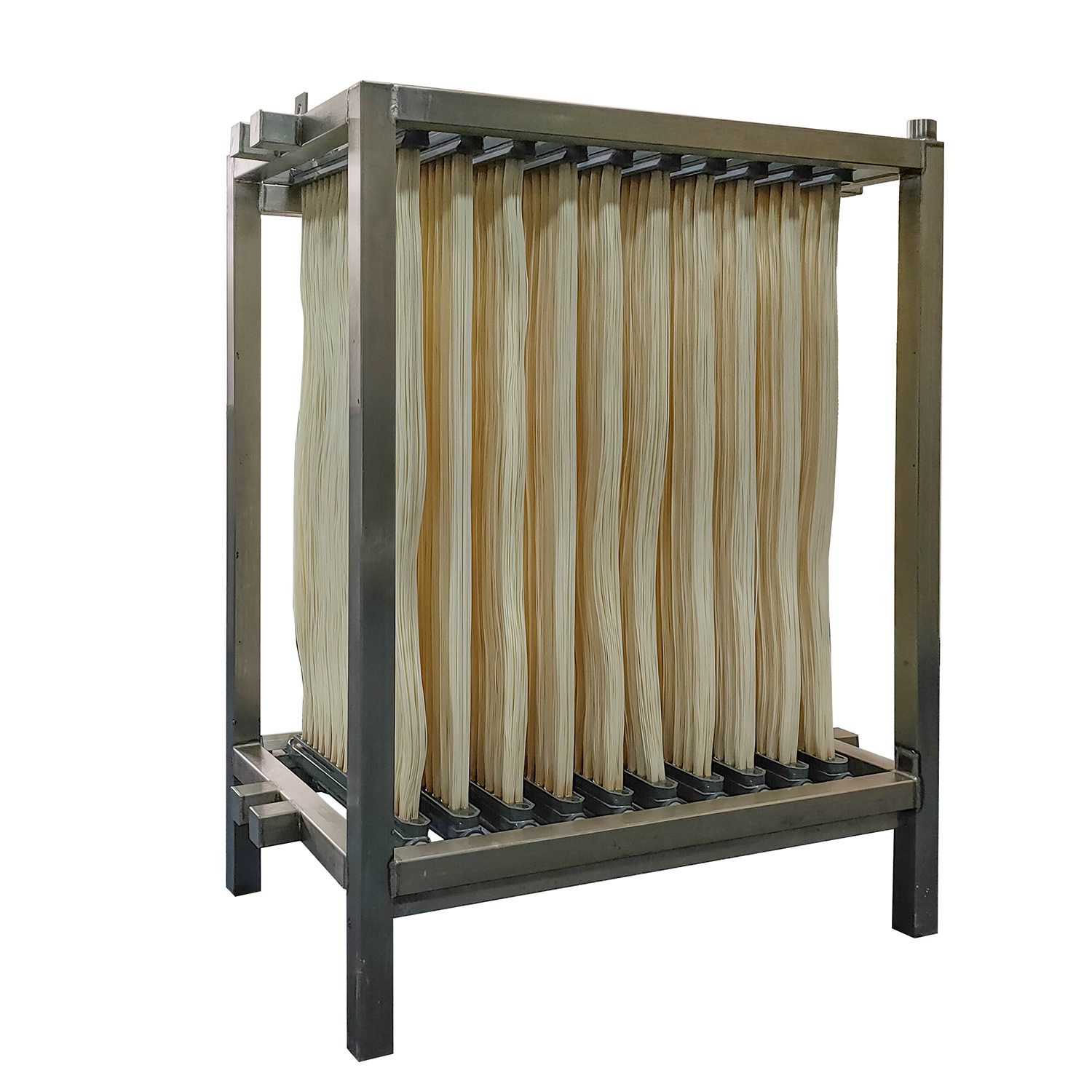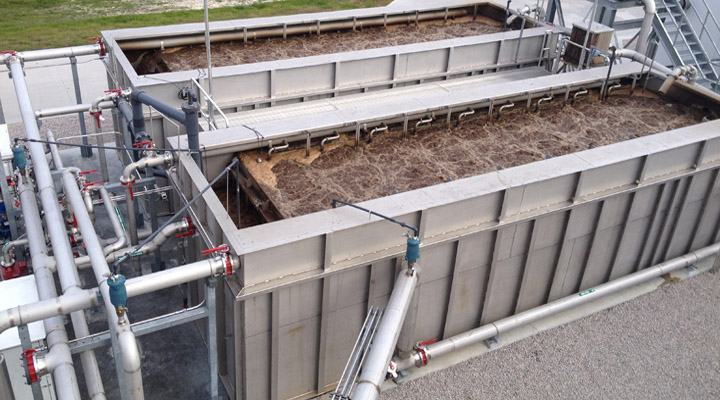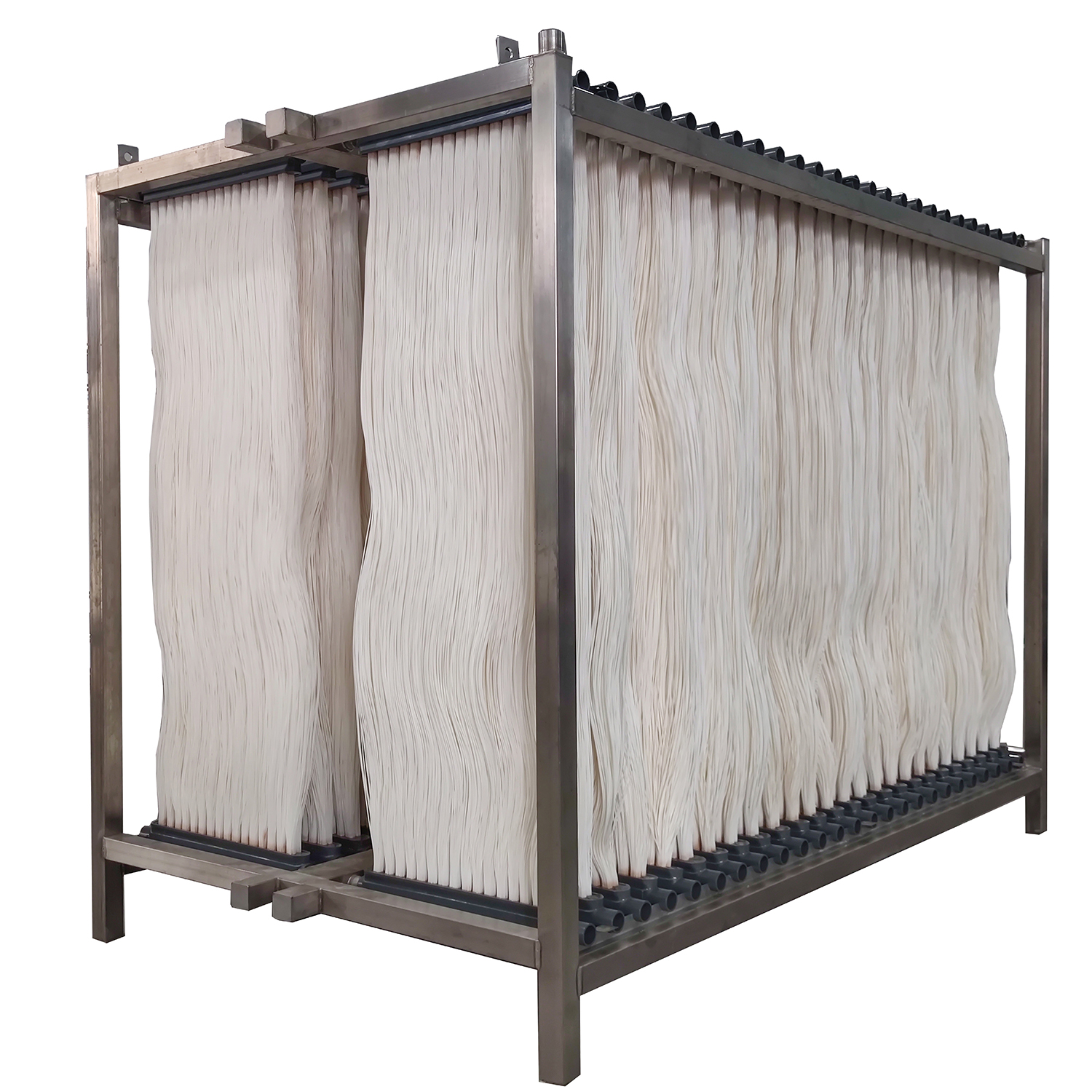Membrane Bioreactor vs. Traditional Treatment Methods: Key Differences Explained
Membrane Bioreactor vs. Traditional Treatment Methods: Key Differences Explained
Blog Article
Exactly How Membrane Layer Bioreactors Are Transforming Water Filtration Systems
The development of membrane bioreactors (MBRs) stands for a substantial advancement in the field of water purification, combining organic therapy processes with cutting-edge membrane filtration modern technologies. As international water deficiency heightens, the role of MBRs in helping with safe and clean water reuse and sustainable water administration becomes significantly critical.
Introduction of Membrane Layer Bioreactors
Membrane layer bioreactors (MBRs) represent a substantial innovation in water filtration innovation, as they incorporate organic treatment processes with membrane filtration. This integration boosts the effectiveness of wastewater treatment by utilizing microorganisms to deteriorate organic pollutants while at the same time using semi-permeable membranes to different cured water from suspended virus and solids.
The MBR system typically contains an organic reactor where the microbial populace metabolizes contaminants, followed by a membrane purification unit that maintains biomass and permits only tidy water to pass through. This twin performance leads to greater effluent top quality compared to conventional treatment methods. MBRs can be run in both batch and continual flow modes, providing versatility in style and application.
They additionally allow the recuperation of water for reuse, therefore contributing to water sustainability efforts. Overall, MBRs are at the center of improving water therapy effectiveness and high quality, showcasing the potential for innovative solutions in environmental management.
Advantages of MBR Modern Technology
The assimilation of biological therapy with membrane filtration uses various benefits for water purification processes. One of the primary benefits of Membrane Bioreactor (MBR) modern technology is its ability to successfully get rid of both not natural and natural contaminants, bring about top quality effluent. The membranes work as a physical obstacle, protecting against suspended solids and pathogens from travelling through, which enhances the total safety and security and reliability of cured water.
Furthermore, MBR systems call for a smaller impact compared to traditional therapy methods, enabling extra reliable area usage. This small layout is particularly useful in urban setups where land is restricted. MBRs additionally show functional flexibility, accommodating differing influent high qualities and flow prices without considerable efficiency degradation.
Moreover, the procedure supplies enhanced nutrient removal capacities, specifically for nitrogen and phosphorus, which are critical for preventing eutrophication in receiving waters. The reduced sludge manufacturing related to MBR modern technology additionally equates to reduce disposal costs, making it a cost-efficient solution in the future - Membrane Bioreactor. Generally, the advantages of MBR technology setting it as a leading selection for lasting and innovative water purification systems, resolving both ecological and financial concerns
Applications in Water Purification
Applications of Membrane Bioreactor (MBR) modern technology in water purification are varied and impactful, dealing with numerous therapy needs throughout several industries. MBRs efficiently integrate biological therapy procedures with membrane layer filtration, making them ideal for local wastewater therapy, industrial effluent administration, and also potable water reuse initiatives.
In municipal setups, MBRs are progressively employed to boost the quality of dealt with wastewater, enabling conformity with rigid discharge policies and promoting the recycling of water for irrigation and non-potable usages. Their portable layout also makes them suitable for city environments where space is restricted.
Industrially, MBR modern technology is utilized to treat procedure water and wastewater, particularly in fields such as food and drink, drugs, and textiles. By successfully removing pollutants and put on hold solids, MBRs assist industries decrease ecological impacts while recuperating important sources from wastewater streams.
In Addition, MBRs are getting grip in decentralized water treatment applications, where small systems can be deployed in remote locations or creating regions. This flexibility allows communities to achieve sustainable water administration remedies, improving access to clean water while minimizing dependence on conventional therapy techniques.
Study and Success Stories

In one more example, a textile production facility in Bangladesh embraced MBR modern technology to resolve its wastewater challenges. The system lowered chemical oxygen need (COD) levels from 1,200 mg/L to much less than 100 mg/L, therefore fulfilling governing standards and significantly decreasing ecological influence.
The College of Cape Town's MBR installment has verified efficient in treating greywater for non-potable reuse on campus. This task not only preserves safe and clean water but additionally offers as an educational model for sustainable practices.
Moreover, a seafood handling plant in Norway used MBR innovation to deal with effluents containing high degrees of organic matter, achieving over 90% pollutant elimination. These instance research studies emphasize MBR technology's adaptability and its important duty in enhancing water high quality across diverse applications.
Future of Water Treatment Solutions
As international water deficiency and air pollution obstacles heighten, cutting-edge water treatment solutions are becoming increasingly necessary to ensure lasting accessibility to clean water. The future of water therapy depends on the integration of innovative innovations that improve the effectiveness and effectiveness of filtration procedures. Membrane bioreactors (MBRs) are at the center of this development, combining organic therapy with membrane filtering to generate premium effluent suitable for numerous applications.

Emerging trends such as resource recovery from wastewater, consisting of nutrients and energy, will certainly even more change their explanation therapy centers into environment-friendly hubs. Furthermore, developments in nanotechnology and membrane layer materials assure improved efficiency and longevity of filtration systems.

Verdict
To conclude, membrane layer bioreactors represent a substantial advancement in water filtration technologies, efficiently incorporating biological therapy with advanced membrane layer filtration. The numerous advantages, consisting of boosted effluent top quality and lowered spatial demands, make MBRs especially ideal for city applications. Their duty in drinkable water reuse and lasting water management highlights their significance in dealing with global water scarcity obstacles. Proceeded r & d will certainly even more boost the efficiency and adoption of MBR innovation, making sure a resilient future for water therapy solutions.
The introduction of membrane bioreactors (MBRs) represents a considerable advancement in the area of water purification, combining biological therapy procedures with innovative membrane purification modern technologies. As global water scarcity increases, the role of MBRs in helping with drinkable water reuse and sustainable water administration comes to be increasingly critical. They additionally enable the recovery of water for reuse, hence contributing to water sustainability campaigns.As worldwide water deficiency and contamination obstacles magnify, cutting-edge water therapy remedies are becoming significantly necessary to ensure lasting accessibility to clean water. Their role in safe and clean water reuse and sustainable water management highlights their importance in resolving international water deficiency obstacles.
Report this page